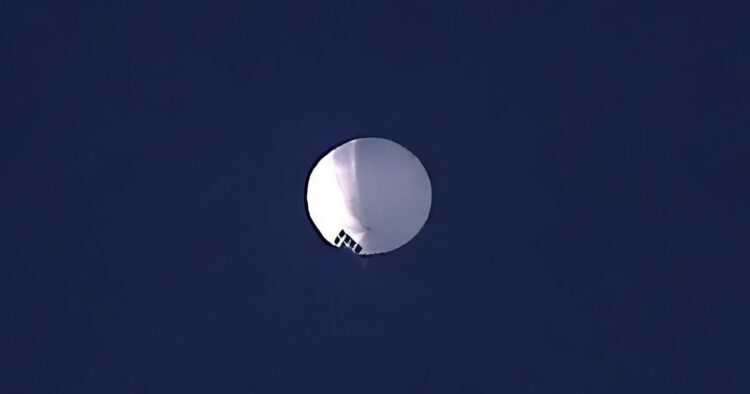In a development reminiscent of a similar incident in the United States last year, Taiwan reported detecting six mysterious Chinese balloons flying over the island or through its airspace. The balloons, spotted just north of the important naval base in Keelung and near the southern city of Pingtung, are part of a series of such sightings that have raised concerns. The purpose of these balloons, which usually disappear into the Pacific, remains unclear, and their increased frequency suggests a potential campaign of harassment against Taiwan.
The Defence Ministry of Taiwan included the balloon sightings in a list of Chinese People’s Liberation Army activities around the island. While it is uncertain if these balloons serve a military function, they seem to be contributing to China’s strategy of pressuring the self-governed island, claimed by China as its own territory. China has previously vowed to reclaim Taiwan by force if necessary.
This incident mirrors a situation in the US last year when President Joe Biden implemented stricter rules for tracking and monitoring unknown aerial objects. The US labeled a suspected Chinese spy balloon as a military craft and shot it down with a missile. China disputed the characterization, claiming it was a weather balloon blown off course, and criticized the US for an overreaction.
The balloons are part of China’s “gray area tactics,” causing concern among its adversaries without directly engaging in a confrontation. China has a history of blurring the lines between military and civilian functions, as seen in the South China Sea, where it operates a large maritime militia with civilian vessels acting under government orders.
China’s intimidation tactics against Taiwan involve regular deployments of warships and planes in the waters and airspace around the island. Between Sunday and early Monday, four Chinese warplanes and four navy ships were detected, prompting Taiwan’s military to monitor the situation closely with combat aircraft, navy vessels, and land-based missile systems.
The recent balloon sightings come amid heightened tensions between China and Taiwan, particularly in the lead-up to Taiwan’s presidential and legislative elections on January 13. China has intensified its activities and rhetorical threats during this period. Despite these efforts, the independence-leaning Democratic Progressive Party won a third consecutive term in the presidency, with Vice President Lai Ching-te securing victory. The pro-unification Nationalist Party saw a modest gain in the legislature, while the party of former Taipei Mayor Ko Wen-je appealed to young voters disenchanted with traditional politics.

















Comments